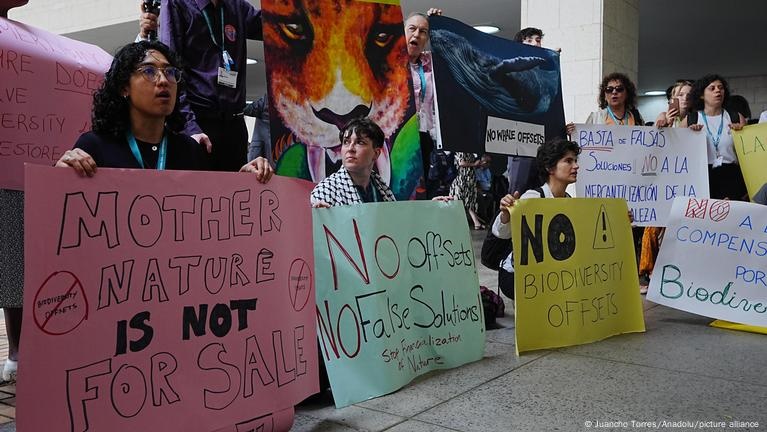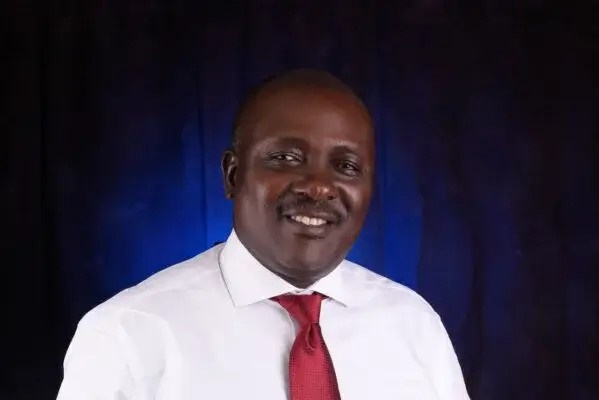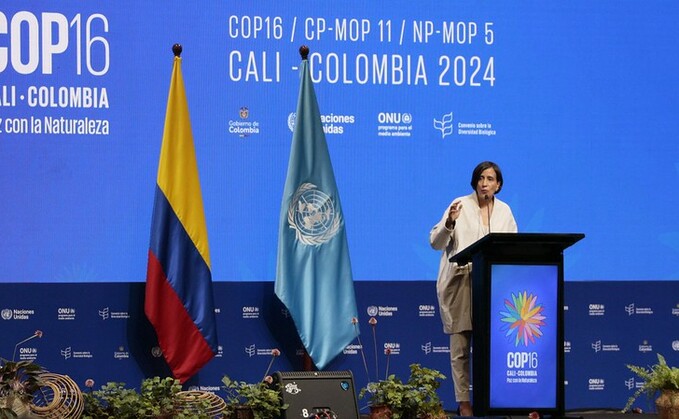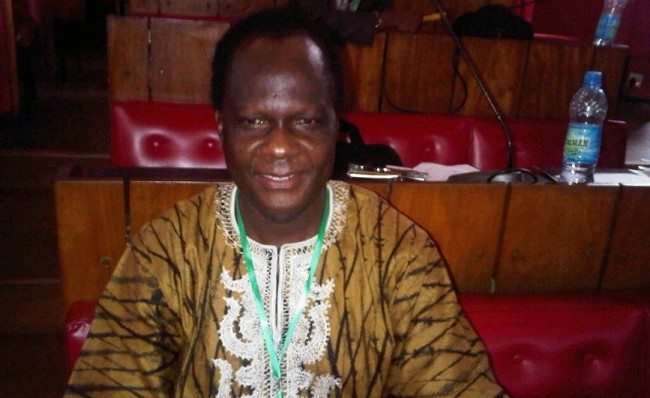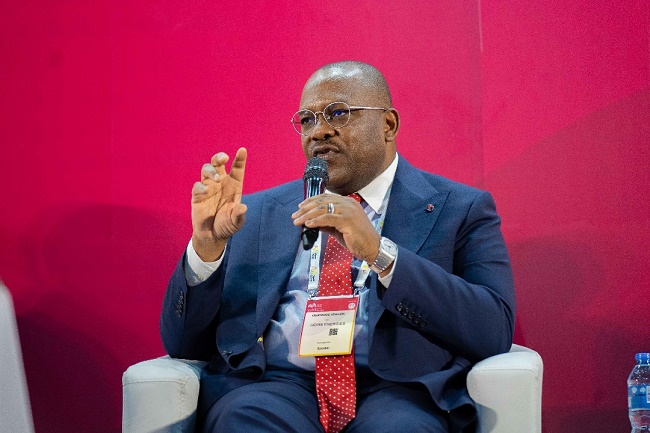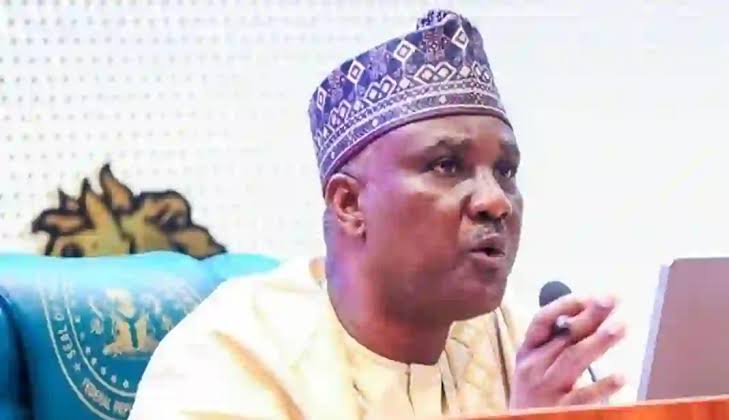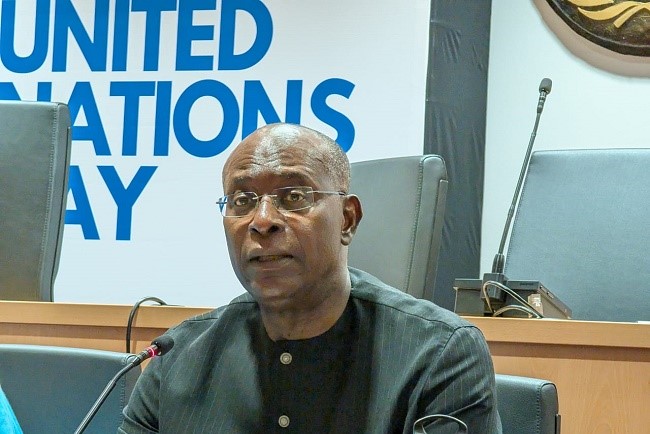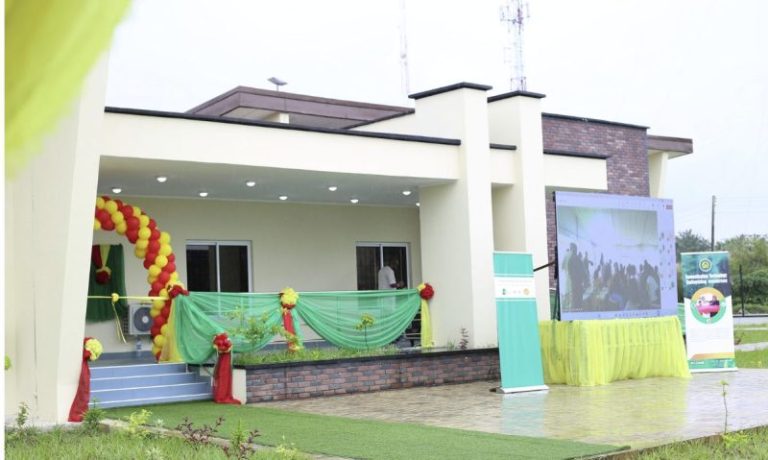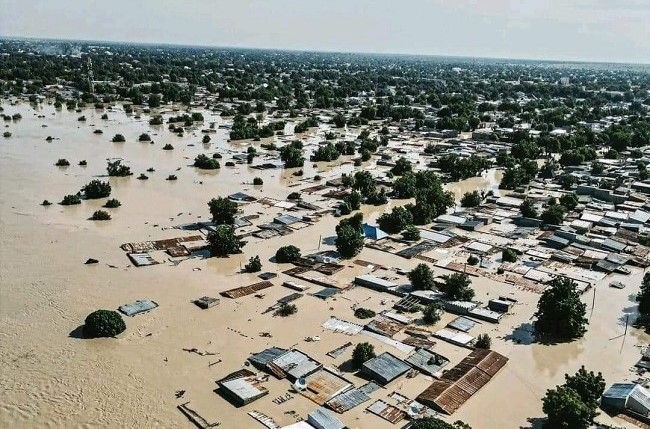For 34-year-old Mrs. Fatima Usman, the rainy season once meant hope and harvest. Living in the farmlands of Jigawa State, her family relied on the rains for prosperity.
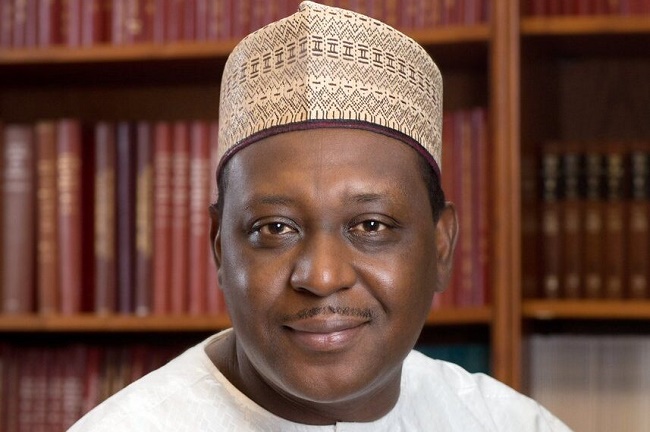
However, in recent years, that hope has turned to dread. Not only do floods destroy her crops, but they also bring waves of illness.
“It started two years ago. My husband had a fever that wouldn’t go away,” Usman shared.
According to her the Primary Health Care (PHC) in the area said it was malaria, but it kept coming back. “Last year, my youngest son got sick too. Since then, he has never been the same.”
Stories like Usman’s are all too common across rural Nigeria.
Climate change, experts say, has dramatically reshaped the health landscape, with diseases like malaria now sticking year-round due to warmer temperatures and increased rainfall creating ideal breeding conditions for mosquitoes.
For families like Usman’s, climate change isn’t an abstract concept, it’s a harsh daily reality.
The impacts of climate change on health are far-reaching, affecting both rural and urban areas.
In Lagos, 19-year-old university student, Tunde Adeyemi, described how the intensified heat waves have disrupted his daily life.
“The heat is like nothing I have ever felt.
“I can’t sleep, and my mother developed high blood pressure from the stress,” he Adeyemi explained.
Northern states, such as Kebbi, Zamfara, and Yobe, face their own challenges, including drought and desertification.
In the South, coastal states are increasingly vulnerable to floods, which pose significant risks of waterborne diseases.
This geographic diversity highlights how climate change-borne health impacts are unique across Nigeria.
Supported by the UK’s Foreign, Commonwealth and Development Office (FCDO) and the World Health Organisation, Nigeria’s Federal Ministry of Health has been working hard to address the challenge.
The team recently released findings from its first Vulnerability and Adaptation Assessment (V&A), revealing a projected 21 per cent increase in the nation’s disease burden due to climate vulnerabilities.
The assessment shows that northern states face the highest risks due to extreme climate pressures, while coastal regions deal with rising sea levels and flood risks affecting hundreds of thousands.
Mr Godwin Brooks, Director, Climate Change and Health, Federal Ministry of Health and Social Welfare, said that without intervention, cases of heat-related deaths could double by 2080, while waterborne diseases could increase drastically.
“Rising temperatures – possibly up to +3°C will intensify conditions for vector-borne diseases, while increased rainfall is likely to fuel waterborne diseases, with diarrheal deaths among children projected to account for nearly 10 per cent of such fatalities,” he said.
These findings from the V&A assessment now serve as the foundation for Nigeria’s first Health National Adaptation Plan (HNAP), designed to strengthen healthcare resilience against climate impacts.
At the just concluded 2024 Future of Health Conference, Prof. Mohammed Ali Pate, Coordinating Minister of Health and Social Welfare, stressed the need for immediate action.
The conference, with the theme: “From Evidence to Action: Building Resilience at the Climate- Health Nexus”, was organised by Nigeria Health Watch.
According to Pate, the climate and health challenge is not just a concern for the future; it is a pressing reality today. Addressing it is not optional but essential, he added.
The minister said rising temperatures were already worsening air quality, with respiratory diseases and cardiovascular issues on the rise.
“Food insecurity and malnutrition are also growing concerns, as climate-driven changes disrupt agriculture and reduce crop yields,” Pate added.
Ms Gloria Pallares, a global development, environment journalist and UN consultant, identifies a critical funding gap as a challenge.
“Less than one per cent of climate-related funding goes towards health, despite clear evidence of its impacts.
“This restricts essential health adaptations, including building resilient infrastructure and training community health workers,” she said.
Pallares stressed that an “all-society approach” is needed, calling for integrated policies to address climate and health as interlinked crises.
Dr Dave McConalogue, Senior Health Adviser, UK FCDO, highlighted Nigeria’s looming water crisis, saying: “By 2040 one-in-four Nigerian children will face high water stress, straining our health systems.
Speaking during a WHO presentation at a Climate Change and Health Technical Workshop organised by the World Bank in Abuja, Dr Edwin Isotu Edeh, National Technical Officer, Public Health and Environment, WHO Nigeria, stressed: “Climate change poses a direct threat to Nigeria’s health systems.
“We must take proactive steps to build a climate-smart health workforce to mitigate its impact and align climate actions into all programmes and services to save more lives.”
Edeh said the V&A report underlined the importance of community-driven adaptation measures, especially in high-risk areas.
Experts call for locally tailored responses, such as solar-powered healthcare centres in off-grid areas and mobile clinics for remote communities.
Mr Khadija Bobboyi, Health Security and Systems Lead at the African Health Budget Network (AHBN), underscores the need for Nigeria’s health systems to establish early warning systems for climate-sensitive diseases.
Mrs Elsie Ilori, former Director, Surveillance and Epidemiology, Nigeria Centre for Disease Control (NCDC), echoed these calls.
She said that diseases once considered rare, such as dengue and yellow fever, were reappearing in Nigerian communities.
“The climate crisis is reshaping Nigeria’s health landscape, and we must be proactive in adapting our healthcare systems,” Ilori said.
The costs associated with climate-related health issues are staggering.
Without adequate intervention, healthcare costs could spiral as resources are stretched to handle climate-induced health emergencies.
Dr Olumide Okunola, Senior Health Specialist, World Bank, explained that collaboration is essential to mitigate these impacts.
“Addressing climate change isn’t just about the environment; it’s about saving lives and ensuring social justice for those least responsible but most affected,” the minister stated.
Drawing on examples from Spain, where agriculture consumes 80 per cent of water resources, Pallares stressed the need for a holistic approach to resource management, aligning water and land policies with health objectives.
She urged Nigeria’s policymakers to consider other countries’ successful adaptations as models for creating resilient and health-focused climate policies.
For families like Usman’s, collaboration and rapid response are critical.
Her story and millions like hers reflect the urgent need for action to address the growing health burden linked to climate change.
Experts say that Nigeria’s health sector should adapt to this new normal with bold policies, community involvement, and innovative solutions.
As Pate said the time to act is now. To truly protect the health of Nigerians, governments, communities and individuals should work together to combat this growing challenge.
By Abujah Racheal, News Agency of Nigeria (NAN)

